The art of slow cooking has been revered across cultures for centuries, not just for the depth of flavor it coaxes from ingredients, but for the remarkable transformations it facilitates at a molecular level. Among these, the conversion of collagen into gelatin stands as one of the most fascinating—and delicious—processes in culinary science. This alchemy occurs when tough cuts of meat, rich in connective tissue, are subjected to low, steady heat over extended periods. The result is a dish that’s not only tender but also imbued with a luxurious, silky texture that elevates it from mere sustenance to something approaching art.
Collagen, the most abundant protein in mammals, is the structural scaffolding that holds muscles, tendons, and skin together. In its raw state, it’s tough and fibrous, the very reason why certain cuts of meat can seem almost inedible when quickly grilled or roasted. However, when exposed to temperatures between 160°F and 180°F (71°C to 82°C) for several hours, collagen begins to unravel. The tightly wound triple helices of the protein denature, breaking down into simpler strands of gelatin. This gelatin is hydrophilic, meaning it attracts and holds water, which is why properly braised meats remain moist even after hours of cooking.
The process isn’t just about time and temperature, though. The environment in which collagen breaks down plays a crucial role. Acidic ingredients like tomatoes, wine, or vinegar can accelerate the process by helping to disrupt collagen’s structure. This is why many traditional braising recipes call for a splash of wine or a handful of tomatoes—they’re not just there for flavor. Similarly, salt can influence the transformation, though its effects are more subtle. While it doesn’t directly break down collagen, it does help to season the meat throughout and can slightly alter the protein’s ability to retain moisture.
Understanding the science behind collagen conversion can transform the way you approach cooking. Take, for example, the humble beef chuck. Often dismissed as a cheap, tough cut, it’s in fact one of the best candidates for slow cooking precisely because of its high collagen content. When given the time it needs, the collagen melts into gelatin, turning what could have been a chewy disappointment into a fork-tender masterpiece. The same principle applies to pork shoulder, lamb shanks, and even poultry legs. It’s a reminder that great cooking isn’t about the most expensive ingredients, but about understanding how to unlock their potential.
Beyond texture, the gelatin derived from collagen contributes significantly to the mouthfeel of a dish. Have you ever noticed how a well-made stew seems to coat your palate, leaving a rich, lingering sensation? That’s gelatin at work. It’s also why stocks and broths, when cooled, take on a jelly-like consistency. This quality is highly prized in many cuisines. In French cooking, for instance, a proper demi-glace should have enough natural gelatin to lightly cling to the back of a spoon. In Japanese ramen, the creamy, opaque broth known as tonkotsu achieves its signature body through hours of boiling pork bones to extract every last bit of collagen.
Interestingly, the benefits of collagen conversion extend beyond the plate. Gelatin is rich in amino acids like glycine and proline, which play important roles in gut health and inflammation regulation. While it’s not a magic bullet for health, the presence of these compounds in traditional broths and stews might explain why they’re often considered restorative. There’s a reason chicken soup is prescribed for colds across so many cultures—it’s not just warm and comforting, but potentially nourishing at a cellular level.
Modern cooking techniques have introduced new ways to play with collagen and gelatin. Sous vide, for example, allows for precise temperature control, making it possible to achieve perfect collagen conversion without the risk of overcooking the meat. Some chefs even use gelatin to create unexpected textures, like consommés that appear light but burst with flavor, or desserts that play with the boundary between liquid and solid. Yet, even with these innovations, the fundamental principle remains unchanged: patience and respect for the ingredient are what yield the most remarkable results.
In a world that increasingly values speed and convenience, the slow transformation of collagen into gelatin stands as a testament to the virtues of taking one’s time. It’s a process that can’t be rushed, a reminder that some of the best things in life—and in cooking—require sustained effort and attention. Whether you’re simmering a pot of osso buco on a Sunday afternoon or patiently reducing a stock for the perfect risotto, you’re participating in a tradition that spans generations and geographies. And when you finally take that first bite, the melt-in-your-mouth tenderness is your reward for understanding and honoring one of nature’s most delicious chemical reactions.

By /Jul 14, 2025

By /Jul 14, 2025
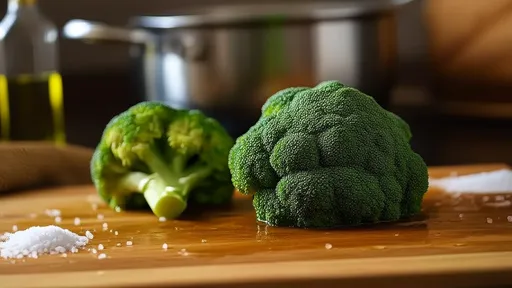
By /Jul 14, 2025
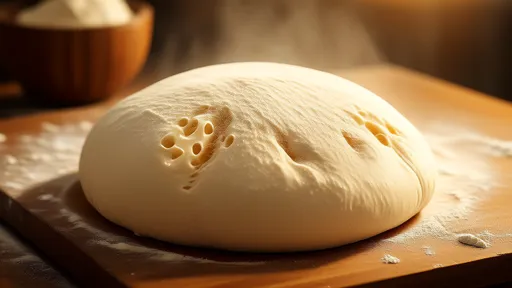
By /Jul 14, 2025
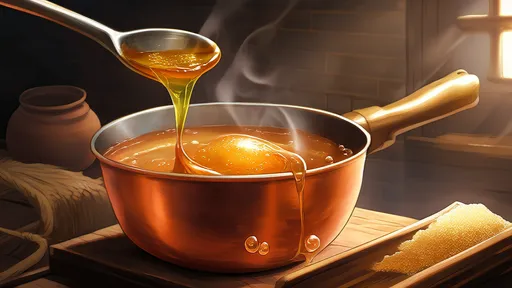
By /Jul 14, 2025

By /Jul 14, 2025

By /Jul 14, 2025
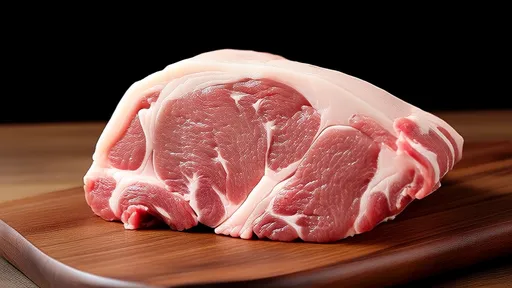
By /Jul 14, 2025
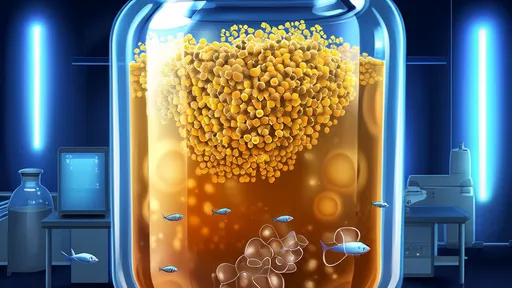
By /Jul 14, 2025
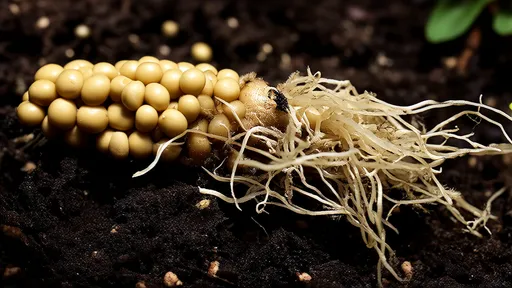
By /Jul 14, 2025

By /Jul 14, 2025
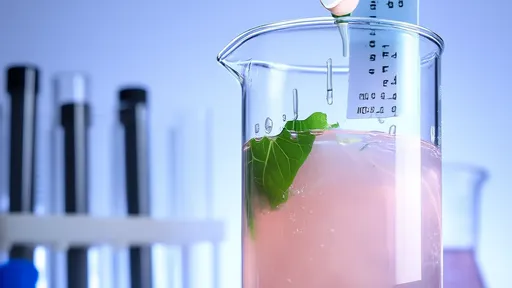
By /Jul 14, 2025
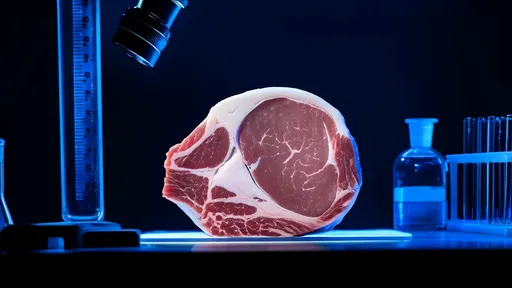
By /Jul 14, 2025

By /Jul 14, 2025
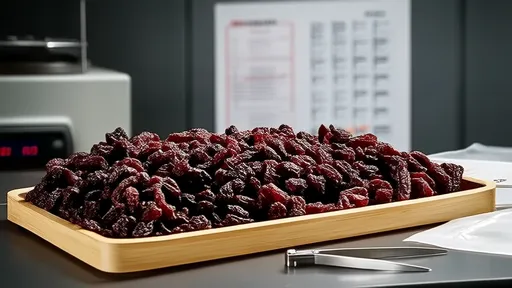
By /Jul 14, 2025
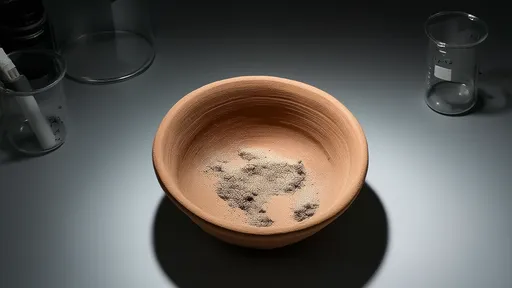
By /Jul 14, 2025
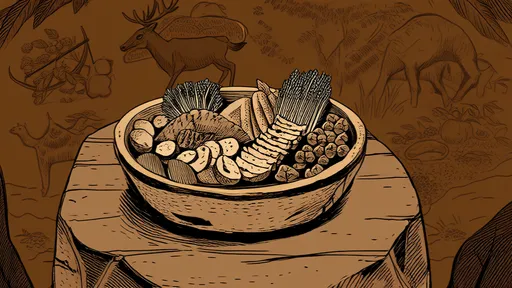
By /Jul 14, 2025
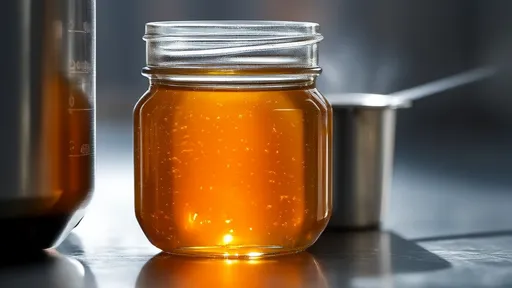
By /Jul 14, 2025